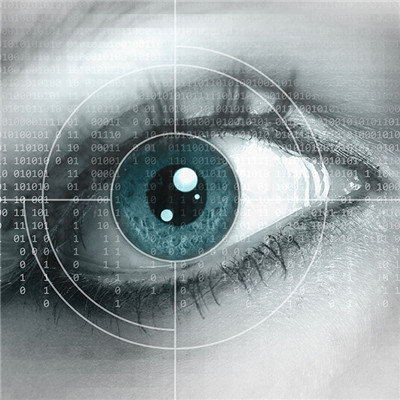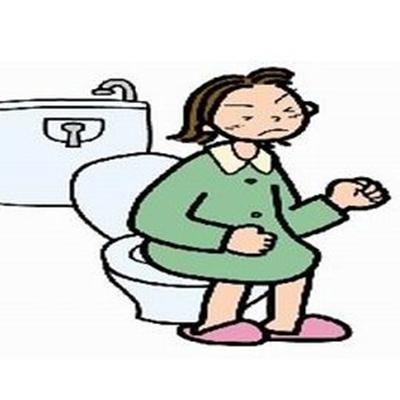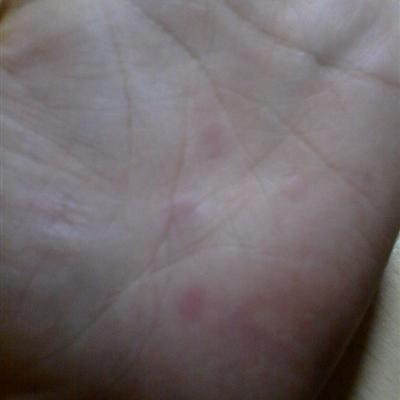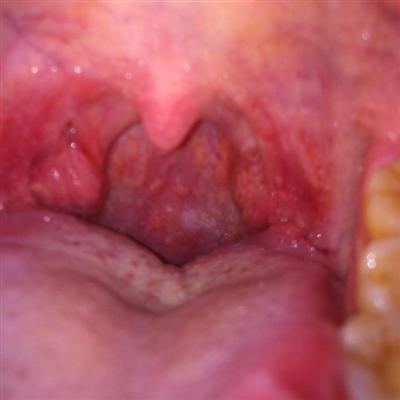What symptom does injury eye muscle have?
summary
Oculomotor nerve injury can generally lead to three different results, such as some people's oculomotor nerve injury will appear after pupil narrowing or pupil dilation phenomenon, and some people's oculomotor nerve injury will have eye muscle paralysis or diplopia phenomenon. Oculomotor nerve injury can lead to peripheral ophthalmoplegia, when the patient's upper eyelids will have obvious droop, and the eyes will appear exotropia and diplopia. At this time, the patient's eyeball can't rotate at all, or it's very difficult to rotate. What symptom does injury eye muscle have? Let's talk about it.
What symptom does injury eye muscle have?
Once the oculomotor nerve is damaged, the phenomenon of nuclear ophthalmoplegia may appear. The main reason is that the damaged part of the oculomotor nerve is directly on the muscle dominated by the oculomotor nerve. At this time, the medial rectus and superior rectus of the oculomotor nerve may not function normally.

Oculomotor nerve injury can also lead to a phenomenon, which is caused by internuclear ophthalmoplegia. After the occurrence of this phenomenon, a patient's eyeball may not be able to make normal adduction. This phenomenon is often due to some lesions leading to medial longitudinal bundle sclerosis, resulting in oculomotor nerve injury.

After oculomotor nerve injury, many people may have the feeling of diplopia. At this time, the patient's extraocular muscles will be paralyzed, which will make the eyeball unable to move normally in the direction of extraocular muscles paralysis. At this time, when looking at things, there will be an external shadow, which will make people have the feeling of diplopia.

matters needing attention
Oculomotor nerve injury will produce some symptoms of the pupil, such as after the onset of some people's pupils will be dilated, some people will be pupil narrowing. In addition, after the onset of the pupil for light reflex may disappear.












